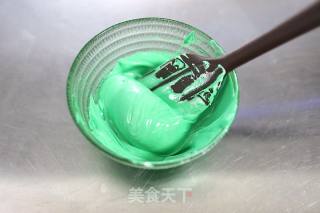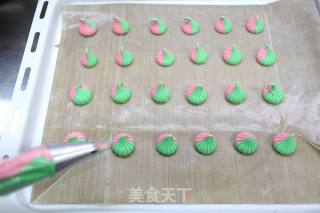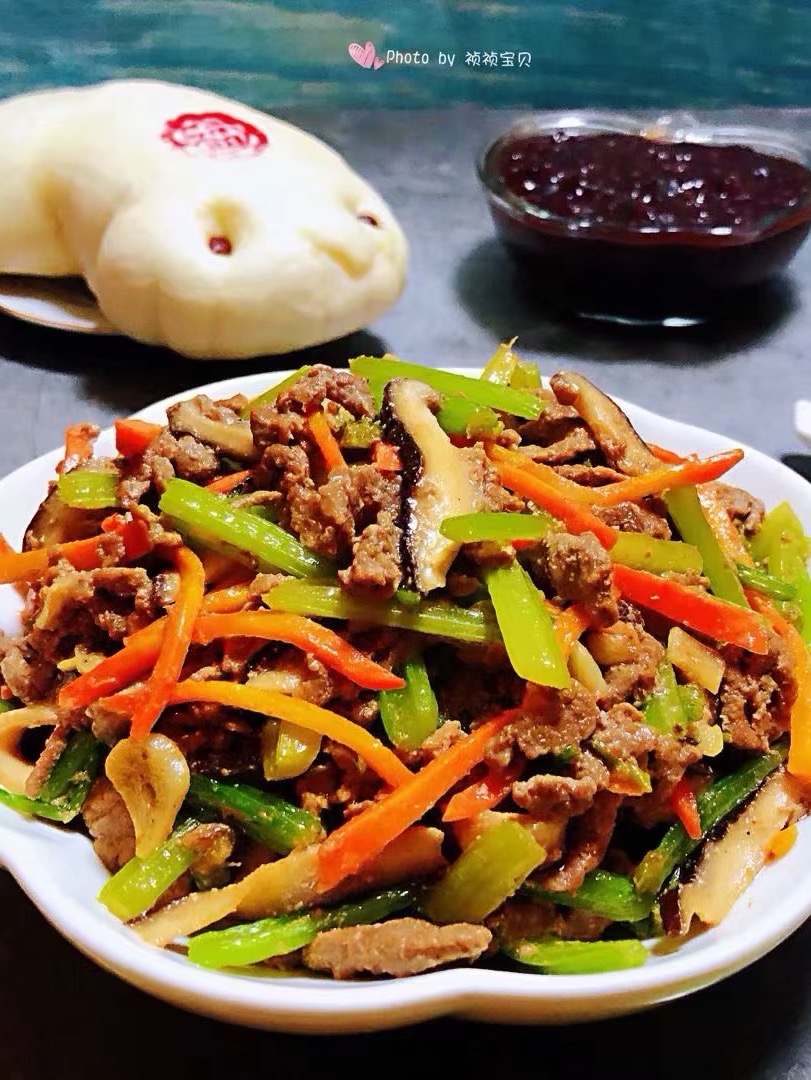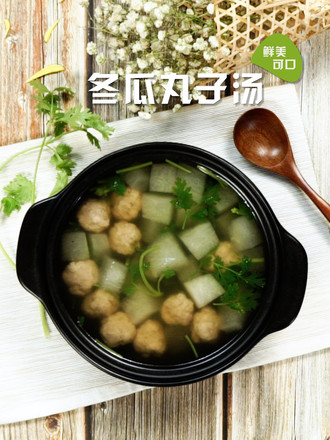Christmas Meringue
1.
Large group photo of the ingredients: fresh egg whites, fine sugar for egg whites, sugar for boiled sugar (the thickness can be used), sugar water and small pot for boiled sugar, food coloring, thermometer, high cup and multiple piping bags, 14-tooth medium or Large flower mouth.
2.
Put 85 grams of sugar into a pot of cold water; heat it to 117 degrees Celsius on a low fire, and put the thermometer probe in the sugar water throughout the process to facilitate observation of temperature.
3.
Put the egg whites into an oil-free and water-free egg beater.
4.
The granulated sugar can be added to the egg white at a time or in 2-3 times, and the egg white paste can be beaten at a medium speed until hard foaming, that is, lift the egg beater, the egg white paste has a small bend or a small right angle.
5.
The temperature of the syrup reached 117 degrees.
6.
In the early stage of the syrup, the water heats up very quickly. In the later stage, as the water evaporates and decreases, the heating rate of the syrup decreases significantly; without a thermometer, the temperature can be roughly estimated by observing the state of the syrup bubbles: the sound of the bubbles bursting in the early stage is crisp. In the later stage, the syrup bubbles are thick and dense, and the sound when the bubbles burst will be slow and prolonged due to the viscosity.
7.
Place a damp cloth under the egg-beating bowl, pour the syrup into the egg white paste several times in small amounts, and use a whisk at low speed while pouring, try to pour the syrup and whipping at the same time; avoid pouring the syrup on the egg-beater and the wall of the bowl. To prevent condensation from touching the metal; I stopped the whisk because I wanted to take a photo.
8.
Pour all the syrup into the egg white paste. There will be a little syrup residue in the small pot. Don't worry about it; continue to beat the egg whites at medium and low speeds until the egg white paste is delicate and white, showing the luster and texture of ceramics. Strong resistance; lift the egg-beating head to show a slightly larger, small bend.
9.
Take a few small bowls and put food-grade pigments inside. The amount determines the color of the finished product; the color is not limited to these and can be adjusted according to your preferences.
10.
Take an appropriate amount of meringue and mix it with the pigment with a small spatula.
11.
Finish the meringues of several other colors and put them in the piping bag.
12.
Take a big bag, put the flower mouth, and put the two color bags in the big bag. The advantage of this is that the two colors can be taken out after squeezing the two colors. The big bag can also be put into other color bags or used directly.
13.
Spread tarp or oil paper on the baking tray and squeeze the meringue on top. The size can be whatever you like.
14.
Squeezed another plate of other colors.
15.
Put it into the preheated oven, 90 degrees.
16.
It can be roasted in single layer or in multiple layers; it is not necessary to change the baking tray for multi-layer baking in the air oven, and the position of the baking tray should be changed halfway in the open furnace to make the upper and lower heat evenly; roast until it is dry and dry, take it out and let it cool and put it in the jar Sealed and stored to prevent softening and deformation due to dampness.
17.
Christmas meringue!
Tips:
1. The baking temperature should not be high, 90 degrees is enough, too high a temperature will cause the meringue to crack;
2. The good meringue is well shaped, and the surface has a layer of luster, showing the texture of ceramics;
3. In addition to being eaten directly, meringue can also be used to decorate various desserts. It is no problem to keep it sealed for 1 month.


























